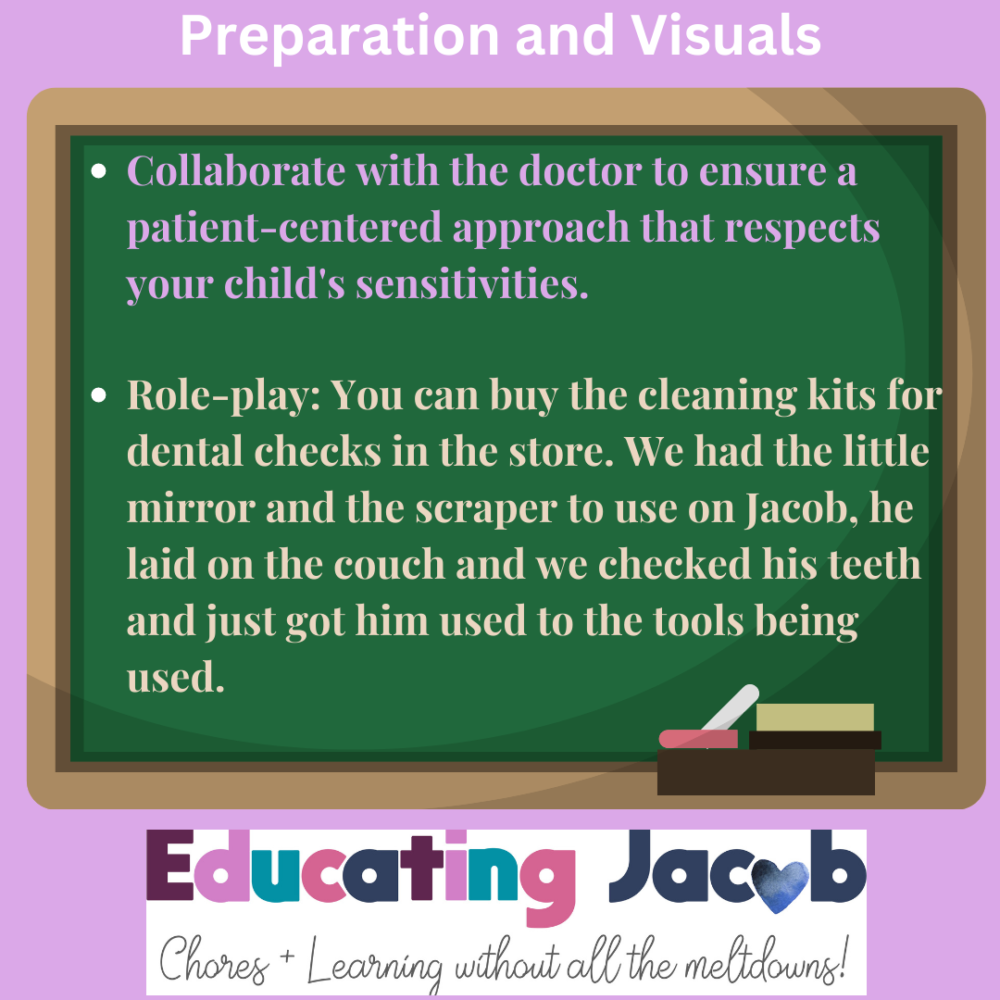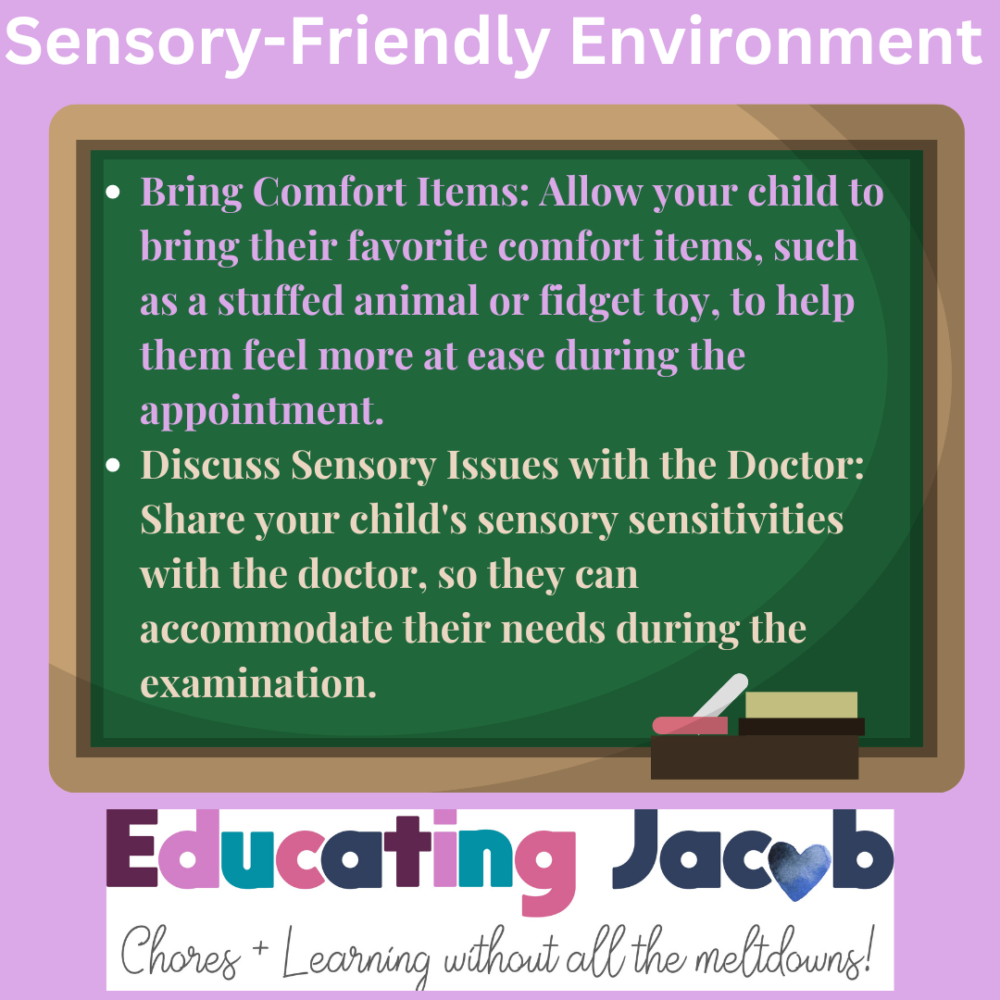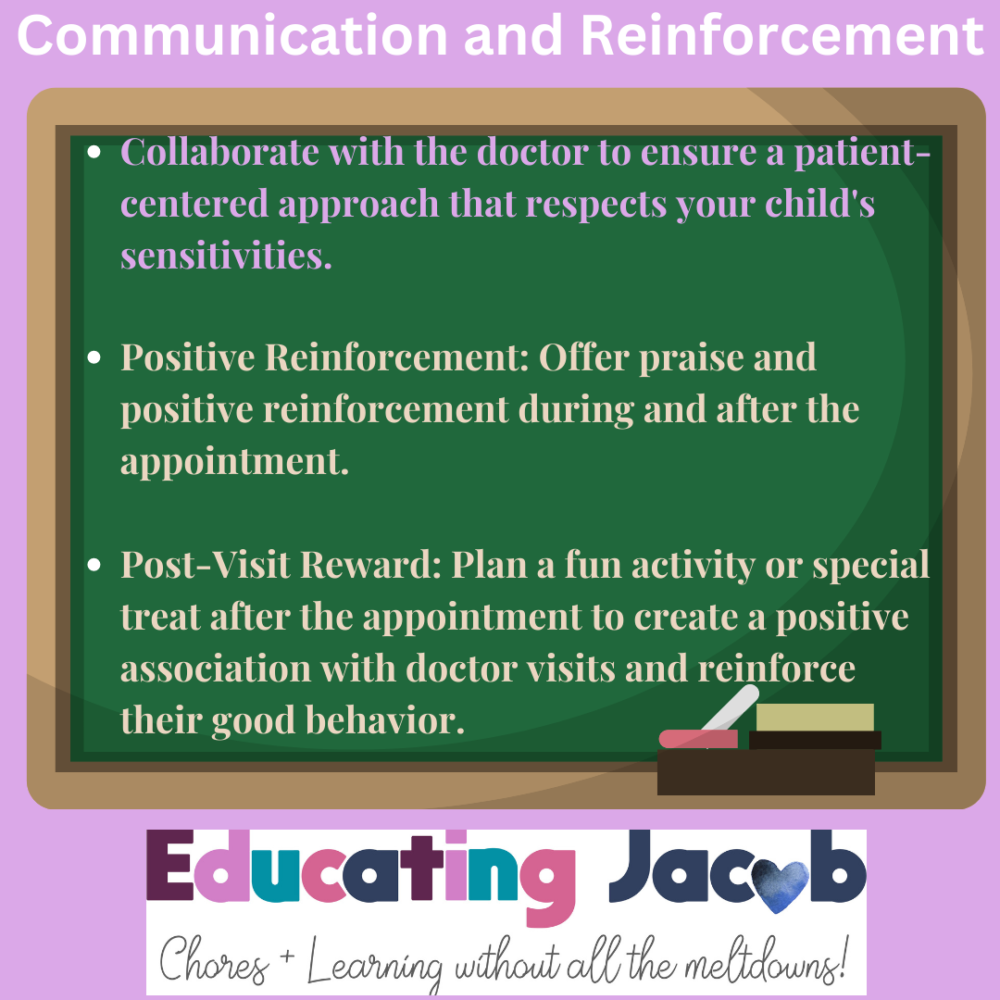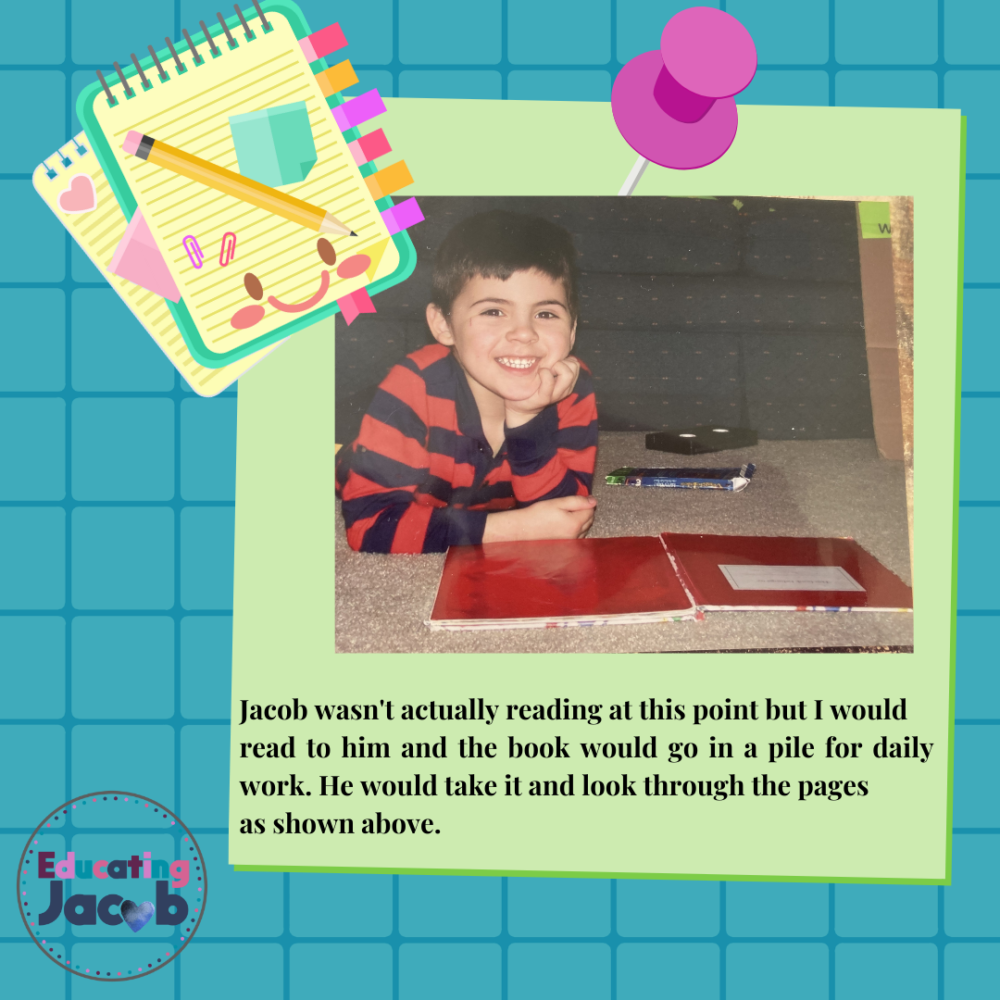3 Tips for Teaching Chores to a Child on the Autism Spectrum!
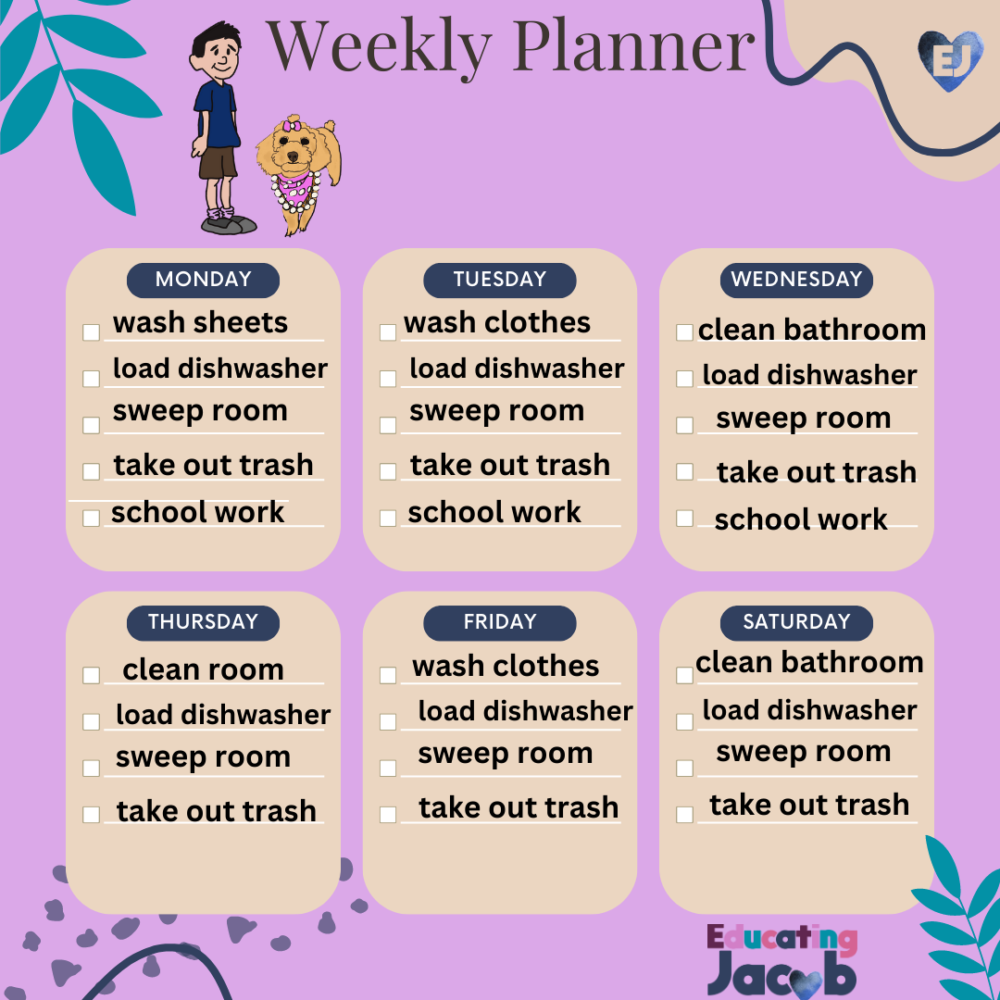
Child on the Autism Spectrum
Parenting takes us on an adventure with twists, turns, and unexpected challenges. If you’ve ever found yourself negotiating with laundry piles or tackling an overflowing trash can, you’re not alone. The journey becomes even more unique when guiding a child on the autism spectrum through responsibilities. Meet Jacob, my ADHD son, who loves TV shows, dining out, and ordering movies from Amazon or eBay from 10 years ago. But what about chores? Could Jacob, with sensory sensitivities and autism, find joy in the realm of tasks most children dread? The answer is a resounding yes. Our story isn’t just about chores; it’s about empowerment and everyday victories that bridge his world and ours.
The Power of Visual Schedules
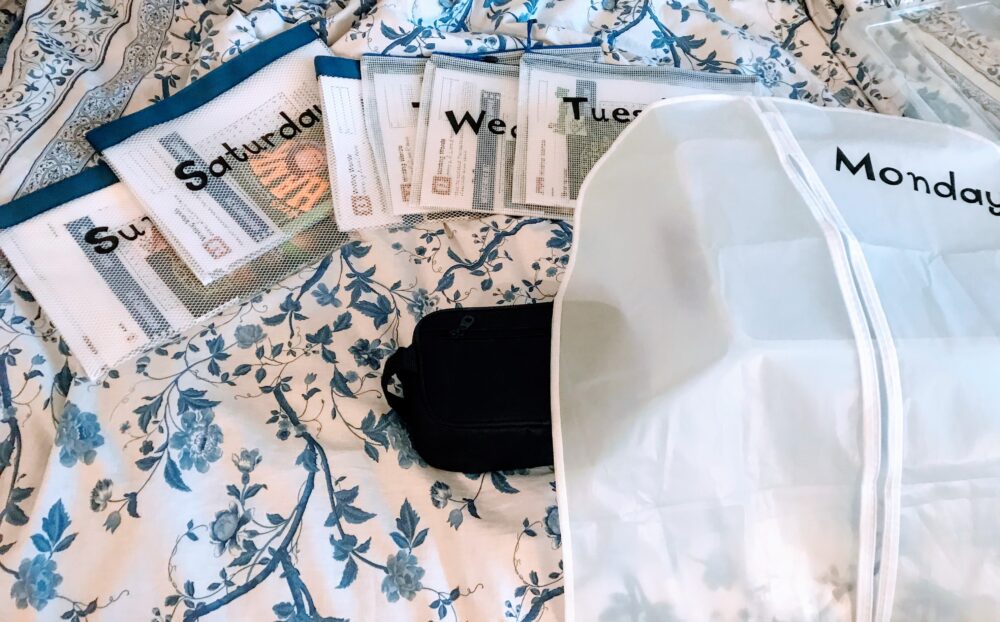
Imagine a canvas splashed with vibrant colors and images that promise adventure. This is a visual schedule, a magical compass guiding your child through chores. For Jacob, it transformed chores into thrilling quests, easing sensory sensitivities and providing control.
The zippered bags in the picture contain school work, chapter books and word-finds he likes to complete. The larger garment bags are clothes that are clean and ready for that particular day of the week that he has washed and hung up as part of his weekly chores. They are now ready to put in his weekly schedule.

Turning Tasks into Adventures
Harnessing imagination turned chores into adventures. Each task became a noble mission – dishes to be vanquished, laundry as a portal to accomplishment. Jacob embraced his role as the “Kitchen Crusader,” his sense of responsibility blooming.
Jake is a cleaning ninja when he knows Mrs. Gwen will be watching him the next morning. I will hear him in the kitchen doing dishes at 10 p.m. so the sink is empty when she shows up. He will come and tell me “Mrs. Gwen” when he’s finished! That’s my cue to say, okay I will tell Mrs. Gwen you did a great job on your chores today. He wants her approval and to make a fuss over him and tell him “Good job Jake!”

Rewards and Celebrations
Every adventure deserves a treasure. A chest of movies awaited Jacob, a reward for dedication to chores. Set achievable goals, celebrate victories, and let joy ripple through every chore conquered.

Unveiling the Symphony of Chore Magic
Teaching chores to an autism spectrum child is a harmonious note in the symphony of parenting. Chores aren’t just tasks; they’re stepping stones to empowerment, unity, and growth. Embrace visual schedules, turn chores into quests, celebrate with rewards. Jacob, the “Kitchen Crusader,” conquers not just chores, but life itself. As parents, we hold the wand, guiding our children through responsibilities. Let chore time be where unity and growth dance in every step. The adventure has begun! How Jacob has success daily without anxiety. #autismchallenges
Consistency is Key
For children on the autism spectrum, consistency provides a sense of security and predictability. This is crucial in helping them manage their tasks and responsibilities.
Establishing Routine
Make chores a part of their daily or weekly routine. Use visual schedules to outline what needs to be done and when. For Jacob, seeing his tasks laid out clearly helps him understand what is expected and reduces anxiety.
Download my eBook for more tips: https://educatingjacob.myflodesk.com/tfgvkumbkg




